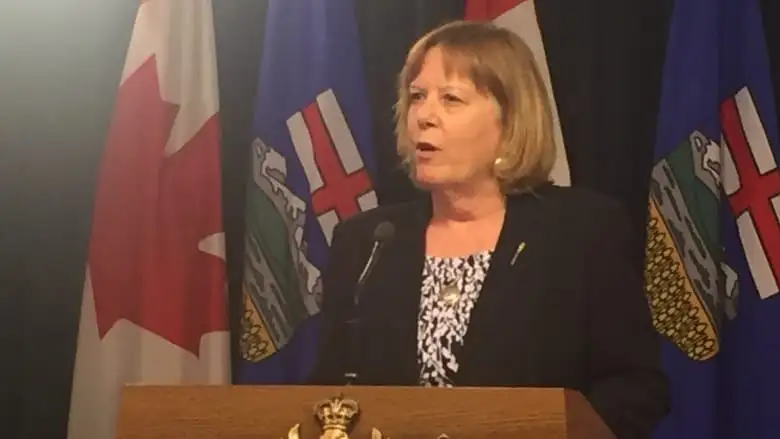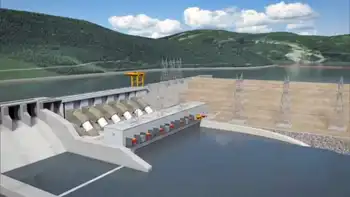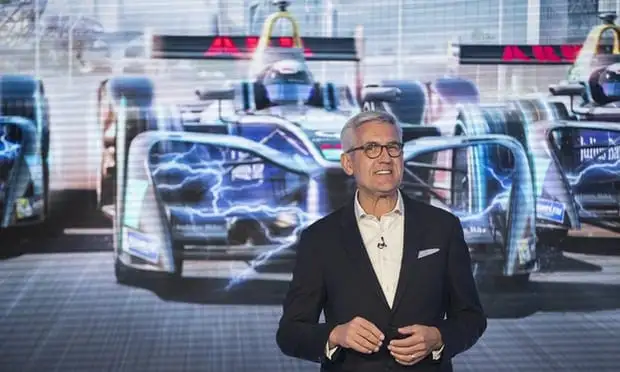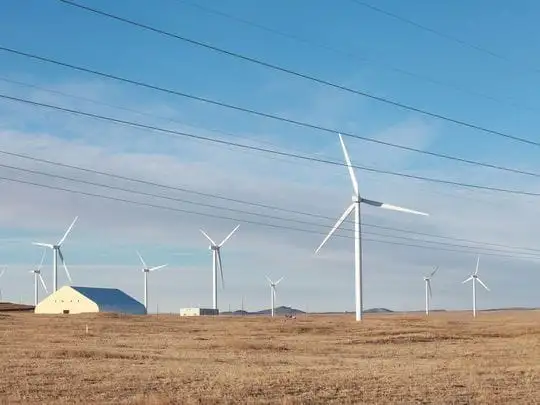Unilorin develops device to check electricity theft

NFPA 70b Training - Electrical Maintenance
Our customized live online or in‑person group training can be delivered to your staff at your location.

- Live Online
- 12 hours Instructor-led
- Group Training Available
Ilorin Electricity Theft Device delivers remote monitoring and IoT-based detection for smart meters, identifying bypassed prepaid meters, triggering disconnects, and alerting the utility control room to curb distribution losses and energy theft.
Key Points
A prototype IoT system that detects electricity theft, enables remote disconnection, and alerts utility control rooms.
✅ Remote monitoring flags bypassed prepaid meters.
✅ Sends alerts to utility control room with customer details.
✅ Enables safe remote cut-off to reduce distribution losses.
The Department of Electrical and Electronics Engineering, University of Ilorin, has unveiled a prototype anti-theft device capable of remotely monitoring and detecting customers stealing electricity.
The Acting Head of the Department, Dr Mudathir Akorede told newsmen on Tuesday in Ilorin that the device could also cut off electricity supply to the premises of customers stealing electricity.
”This will simultaneously send a message to the utility control room, and in light of rising ransomware attacks targeting power systems, to alert the system operator with such customer’s details displayed on the control panel,” he said.
Akorede said that processes of filing application for patenting the invention, in line with emerging IoT security standards for the electricity sector, had commenced through the university’s Laboratory to Product Centre.
The don explained that the device was developed by himself and some students of the Department, reflecting how university teams contribute to innovations like generating electricity from falling snow in the field.
Akorede said, “I gave the project to my undergraduate students; they carried out the project to a level and I took it over and brought it to a level that was up to standard.”
The Don further said,”The invention is now up to the standard that it can be patented.
“I have brought this to the attention of the Ibadan Electricity Distribution Company, although not officially, but if adopted, and as utilities pursue digitizing the grid strategies, the device would enable distribution companies to cut their commercial losses substantially.”
He said that the idea followed the discovery that most people use electricity without paying for it.
”A lot of people that have been able to get the prepaid meter, even though they can afford to pay their bills, still want to bypass this thing to steal electricity and this is not helping the companies.
“It is not helping all of us as a whole. If the industry should collapse, with emerging cyber weapons that can disrupt power grids underscoring systemic risks, everybody would bear the brunt of that problem and that is why the consumers too have to share out of the problem
“But this is not to say that distribution companies also do not have their share of the blame by not wanting to take on responsibilities such as faulty transformers.”











